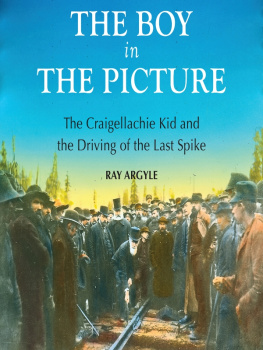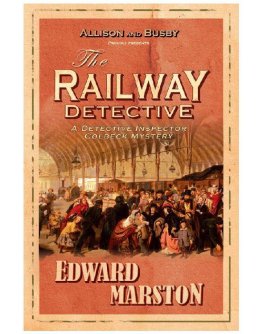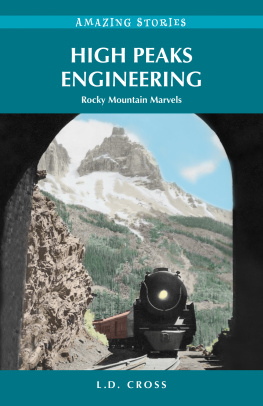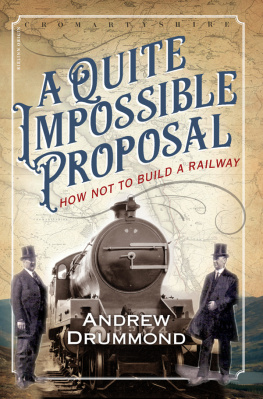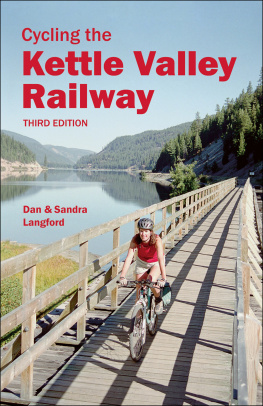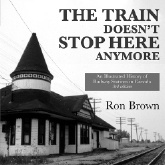
THE BOY
in
THE PICTURE
THE BOY
in
THE PICTURE
The Craigellachie Kid and
the Driving of the Last Spike
RAY ARGYLE

Copyright Ray Argyle, 2010
All rights reserved. No part of this publication may be reproduced, stored in a retrieval system, or transmitted in any form or by any means, electronic, mechanical, photocopying, recording, or otherwise (except for brief passages for purposes of review) without the prior permission of Dundurn Press. Permission to photocopy should be requested from Access Copyright.
Project Editor: Jane Gibson
Editor: Nicole Chaplin
Design: Jesse Hooper
Printer: Marquis
Library and Archives Canada Cataloguing in Publication
Argyle, Ray
The boy in the picture : the Craigellachie kid and the driving / by Ray Argyle.
Includes bibliographical references and index.
Also issued in electronic format.
ISBN 978-1-55488-787-3
1. Mallandaine, Edward, 1867-1949--Juvenile literature. 2. Railroads--Canada--History--19th century--Juvenile literature. 3. Canadian Pacific Railway Company--History--19th century--Juvenile literature. 4. Railroads--Canada--Employees--Biography--Juvenile literature. 5. Canada--History--1867---Juvenile literature. I. Title.
HE2808.2.M34A74 2010 j385.092 C2010-902402-8
1 2 3 4 5 14 13 12 11 10

We acknowledge the support of the Canada Council for the Arts and the Ontario Arts Council for our publishing program. We also acknowledge the financial support of the Government of Canada through the Canada Book Fund and The Association for the Export of Canadian Books, and the Government of Ontario through the Ontario Book Publishers Tax Credit program, and the Ontario Media Development Corporation.
Care has been taken to trace the ownership of copyright material used in this book. The author and the publisher welcome any information enabling them to rectify any references or credits in subsequent editions.
J. Kirk Howard, President
Printed and bound in Canada.
www.dundurn.com
Dundurn Press
3 Church Street, Suite 500
Toronto, Ontario, Canada
M5E 1M2 | Gazelle Book Services Limited
White Cross Mills
High Town, Lancaster, England
LA1 4XS | Dundurn Press
2250 Military Road
Tonawanda, NY
U.S.A. 14150 |
For Christopher, Logan, Sarah, and Jenna
CONTENTS
Introduction
Chapter 12: Home from the Mountains

When I decided to write Edward Mallandaines story, I jotted down my recollections of all the tales hed told me of his youthful adventures. Growing up, we lived in a house hed built and I looked forward to him coming around every month to collect the rent from my dad. Thats when hed tell me stories of his exploits. When I turned to books about the construction of the Canadian Pacific Railway, I soon realized I would have to go much deeper. Fortunately, I had a lot of help along the way.
The staff of the British Columbia Archives were very helpful in providing me access to their files of Edwards letters and family records. The Glenbow Museum in Calgary offered a treasure trove on Edwards work with the CPR, and I wish to thank their staff, especially Lindsay Moir, for valuable assistance.
Not many small towns have two museums, but that is the case in Revelstoke, British Columbia. I am especially grateful to Jennifer Dunkerson of the Revelstoke Railway Museum for her assistance and support. She always had time to take telephone calls from myself and my publisher, and was enthusiastic in her endorsement of this project. Cathy English of the Revelstoke Museum and Archives was generous with her time in helping me track down facts about leading personalities from Edwards day
The Creston Museum and Archives in Creston, British Columbia, is the repository of much information about the towns early history and Edward Mallandaines role in establishing that community. I was greatly assisted by its director, Tammy Hardwick, who scoured through back copies of the Creston Review for articles by and about Edward.
This book would not have been possible without the enthusiastic support of Barry Penhale, publisher emeritus of Natural Heritage Books. I am grateful for his encouragement. I also wish to thank Nicole Chaplin, for her meticulous editing of the manuscript.
To my knowledge, Pierre Bertons The Last Spike: The Great Railway 1881-1885 was the first widely read book to recognize Edwards presence at the ceremony in Craigellachie. I want to express my appreciation to Elsa Franklin, who was Pierres manager, for her help and encouragement for The Boy in the Picture.
I first wrote about Edward Mallandaine for The Beaver magazine (now Canadas History Magazine). I am indebted to Nelle Oosterom for her award-winning presentation of that article and her ongoing support.
My grateful appreciation goes to my partner Deborah Windsor for her everlasting inspiration, helpfulness, and comfort.

This is the story of Edward Mallandaine, the boy in the picture of the driving of the Last Spike. This photo, perhaps the most famous in Canadian history, marked the completion of the Canadian Pacific Railway (CPR) across Canada. It was taken early on the morning of November 7, 1885, in Craigellachie, British Columbia.
I had the privilege of knowing Edward when he was a very old man and I was a young boy. I have drawn on accounts he left and stories he told me to write this tale of his journey along tote roads and the newly laid tracks of the railway, past hostess houses and Chinese joss houses, into hotels crowded with rough characters, through mountain passes filled with beautiful scenery, and into the lawlessness of remote towns and railway camps.
Today, we enjoy instant communication by phone and the Internet, and think nothing of accessing music, videos, and pictures online. We are only hours away, by plane, from any other place on earth. It may be hard to imagine what it was like when Edward, just eighteen and looking even younger set out on his great adventure.
News travelled slowly in Edwards day. The big story during his teenage years was the North-West Rebellion. Edward lived in Victoria, B.C., and the accounts he read in his local newspaper, the British Colonist, about the fighting on the prairies were often days old. Right away, he wanted to get in on the action. Accounts from those days tell of how he wanted to fight the Indians, as First Nations people were known at that time.
Edward probably had little understanding of the true causes of the North-West Rebellion of how Louis Riel had struggled to obtain justice for his people, the mixed-blood Mtis of the plains, and for Natives who had lost their hunting grounds and were being driven into reserves. But with the enthusiasm of youth, he was determined to join the battle.
As it turned out, Edward was too late. The fighting was over by the time he had slogged his way east by boat, train, horseback, and on foot.
Next page
